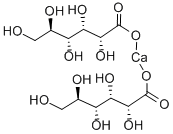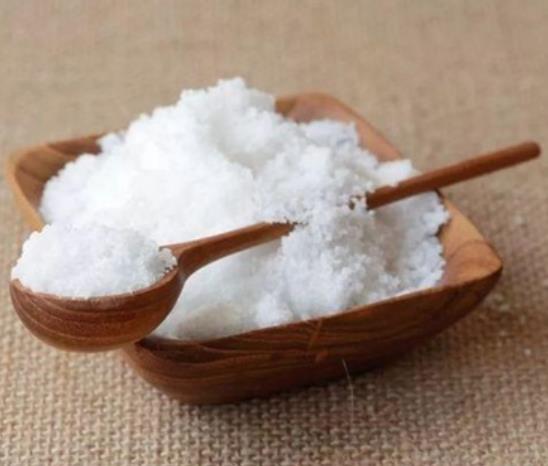Calcium Gluconate: A Crucial Compound in Health and Industry
Introduction
Calcium Gluconate is a calcium salt of gluconic acid that is used as a calcium supplement to increase calcium levels in the body and is used to treat conditions such as hypocalcemia, cardiac arrest, and cardiotoxicity caused by hyperkalemia or hypermagnesemia.

Figure 1 Characteristics of Calcium gluconate
Indications
Calcium Gluconate is approved for intravenous (IV) or oral administration to treat conditions such as hypocalcemia, cardiac arrest, or cardiotoxicity caused by hyperkalemia or hypermagnesemia. Hypocalcemia is manifested by an ionized calcium concentration of 2.8 mg/dL (0.7 mmol/L). Symptoms include perioral paresthesias, muscle cramps, myalgias, dysphagia, depression, confusion, irritability, seizures, tetany, laryngospasm, and hypotension. It is also used to treat beta-blocker toxicity, calcium channel blocker (CCB) toxicity, magnesium toxicity, and hydrofluoric acid burns.
Dosage
Calcium Gluconate is available as an injection (100 mg/mL), tablets (50, 500, and 650 mg), and capsules (500 mg).
For adults with hypocalcemia, the recommended dose is 1-3 g/day orally in divided doses if the ionized calcium concentration is between 1-1.2 mmol/L; or 1-2 g IV over 2 hours.
If the ionized calcium concentration is <1 mmol/L, 0.5 mg/kg/hr IV may be increased to 2 mg/kg/hr in the absence of seizures or tetany; do not exceed 3-4 g IV in 4 hours. For hypocalcemic tetany, 100-300 mg elemental calcium (~3 g calcium gluconate) IV for 5-10 minutes, followed by a continuous IV infusion of 0.5 mg/kg/hr (which may be increased to 2 mg/kg/hr). Monitor serum calcium every 4-6 hours during treatment to maintain serum calcium levels.
For other symptoms, such as cardiac arrest, hyperkalemia and hypermagnesemia, administer 1.5-3 g intravenously over 2-5 minutes. Children should use the drug under the guidance of a doctor.
Side effects
Common side effects of Calcium Gluconate include pain, redness or irritation at the injection site, constipation, diarrhea, flatulence, syncope, nausea, vomiting, bradycardia and paresthesia.
Other possible side effects include:
(1) Severe allergic reactions: manifested as rash, itching, urticaria, swelling of the face, lips, tongue or throat, rapid or irregular heartbeat, etc.
(2) High calcium levels: increased thirst or urine output, nausea, vomiting, confusion, unusual weakness or fatigue, bone pain.
(3) Hypotension: dizziness, feeling dizzy or lightheaded, blurred vision.
Severe symptoms of extravasation at the intravenous site may occur during injection. This is because calcium can induce tissue necrosis through calcium-induced capillary contraction and intracellular fluid retention, leading to deep tissue damage and delayed calcification. This can be relieved by stopping the infusion and performing extravasation injury treatment, and gently aspirating the extravasated fluid.
References:
[1] JEAN DUCASSE-LAPEYRUSSE . Effect of calcium gluconate, calcium lactate, and urea on the kinetics of self-healing in mortars[J]. Construction and Building Materials, 2017, 157: 1-1206. DOI:10.1016/j.conbuildmat.2017.09.115.[2] L. R. LOON. SOLUBILITY PRODUCTS OF CALCIUM ISOSACCHARINATE AND CALCIUM GLUCONATE[J]. Acta chemica Scandinavica, 1999, 138 1: 148-160. DOI:10.3891/ACTA.CHEM.SCAND.53-0235.
Lastest Price from Calcium gluconate manufacturers

US $1200.00-1100.00/ton2025-09-12
- CAS:
- 299-28-5
- Min. Order:
- 1ton
- Purity:
- 99%
- Supply Ability:
- 1000T/M

US $0.00/KG2025-04-21
- CAS:
- 299-28-5
- Min. Order:
- 1KG
- Purity:
- 99.0~101.0 %,USP40
- Supply Ability:
- 10tons/month


